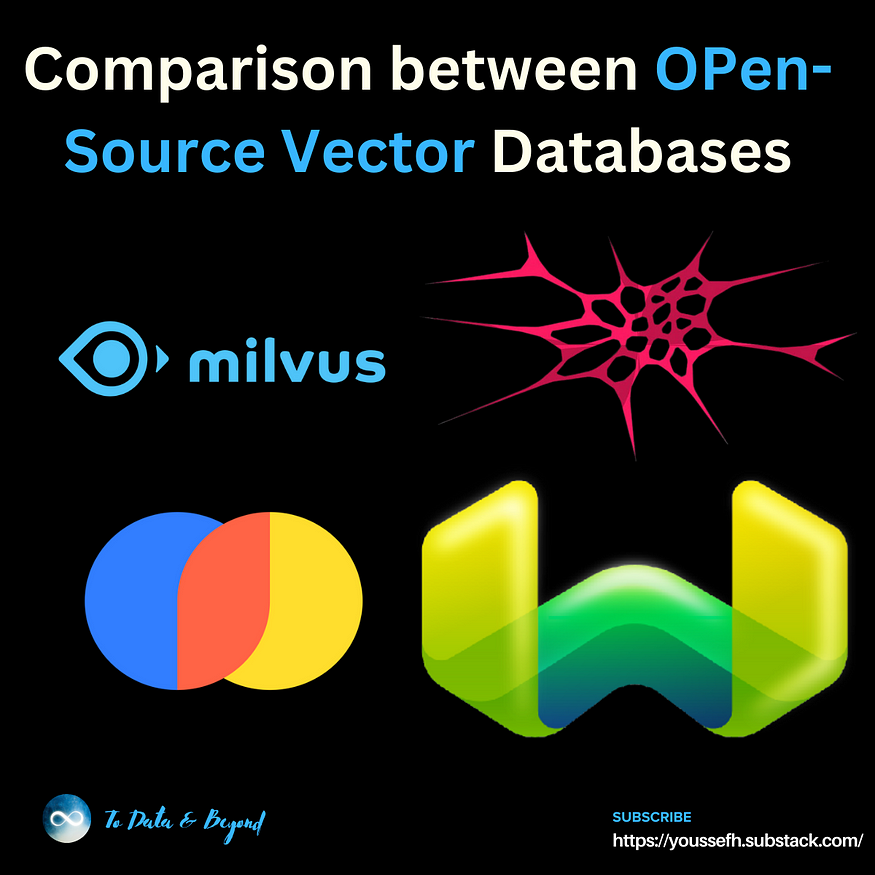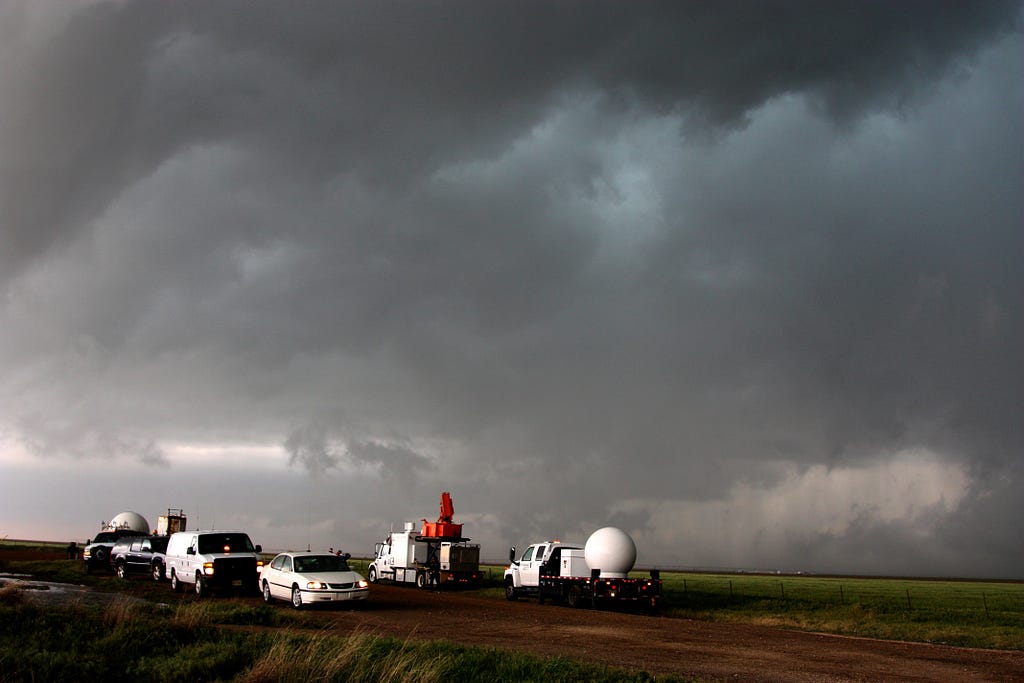
The Future of Artificial Intelligence in Weather Forecasting
Last Updated on August 4, 2021 by Editorial Team
Author(s): Aryan Thodupunuri
Artificial Intelligence
Today’s weather forecasts are generated by some of the world’s most sophisticated computers. As you may know, weather forecasts are very unpredictable. This is because the climate is a very complex and volatile phenomenon that requires a great amount of money, data, and time to evaluate. The future may follow a very different path regarding weather forecasting: and that future is A.I.
How Forecasting Works Currently and Why It Is Problematic

Weather forecasting has been done in the same way for a few decades: supercomputers process massive volumes of atmospheric and oceanic data. Forecasting companies aggregate data from weather stations and integrate it with data from a variety of different sources, such as ocean buoys and independent weather trackers. This data is then analyzed using models that simulate the physics of fluid dynamics in weather, which takes a significant amount of processing power, hours to finish, and a significant amount of money to collect and process. In the current day, the joint demand for speed and accuracy in a prediction puts even the most sophisticated weather algorithms to the test.
Weather monitors in observatories, on the land, and in the waters provide a flood of climate and weather data all around the world. It is simply too big and complex for humans or even standard computer networks to analyze and scan for similarities. And that is an issue because it is a waste of time and storage if this cascade of data is unable to be fully analyzed. Since pattern-recognition skills in A.I are tailor-made for such a job, researchers are using machine learning, neural networks, and deep learning to do this. Enormous quantities of data may be put into the algorithms, which can then learn how and when to detect a storm that could produce lightning or tornadoes. It detects trends that might lead to catastrophic hurricanes or severe winter storms.
A.I Projects Predicting Weather Forecasts
A collaboration of studies between the University of Washington and Microsoft Research demonstrates how artificial intelligence can study previous climate patterns to forecast events in the future more quickly and almost as accurately as current technologies. Instead of complex physics computations, the newly created global weather model based its forecasts on the last 40 years of weather information. Although this design is less effective than today’s best conventional forecasting models, it requires 7,000 times less computer power to produce projections for the same number of spots on the entire planet. This decreased computer labor leads to faster weather forecasts. These faster forecasts would enable weather companies to run many models with marginally varied starting conditions. This weather forecasting approach is known as “ensemble forecasting,” which allows forecasters to encompass the range of possible outcomes for a meteorological event, such as where a storm may impact. “After training on previous weather information, the A.I. system is capable of generating connections among parameters that physics models just cannot,” Weyn explained. “We can utilize a lot fewer variables and create a model that is considerably quicker as a result.” The researchers overlaid six sides of a cube over the entire planet (the same approach to a model described later in the passage) to combine effective A.I. approaches with weather prediction. Finally, like with an architectural print design, they smoothed down the cube’s six faces. Because of the poles’ particular significance in the climate, the researchers handled the polar faces uniquely to enhance prediction accuracy.
Compared to the old methodology of weather forecasting, which takes 3 hours and costs €30 million in computer hardware to complete, Deep Weather’s novel method of weather forecasting has already been shown to be both quicker and cheaper. Deep Weather, using a computer that costs €10,000, can make the same forecast in 100 milliseconds, which would be a significant increase. Machine learning algorithms are used to make the A.I forecast. By employing linear regression techniques to analyze more complicated data in a shorter amount of time, meteorologists may now make more accurate predictions, saving lives. Other predictions that machine learning can help with include temperatures, water depth, and moisture.
The Numerical Weather Prediction is one such prominent model. To provide short-term weather predictions, the model examines and tries to manipulate huge data sets transmitted from weather satellites, signal repeaters, and radiosondes. Artificial Neural Networks, Group Neural Networks, Backpropagation Networks, Radial Basis Networks, General Regression Neural Networks, Genetic Algorithms, Multilayer Perceptron, and Fuzzy Clustering are some AI approaches for weather forecasting. Researchers can create reliable rainfall forecasts six hours in advance using Google’s AI prediction technology, which is based on the UNET convolutional neural network (CNN). A CNN is a series of stages of mathematical processes. It accepts satellite imagery as input and converts it to outgoing pictures. This U-Net architecture is made up of two convolutional neural networks, the second of which works in reverse in an encoding-decoding process.
How The Forecast is Made Using a Convolutional Neural Network
The Deep Learning Weather Prediction (DLWP) is one of the weather models that use a UNET CNN. It takes initial atmospheric states as inputs and predicts the state of the atmosphere at a given future time. The model takes historical data of weather patterns that are fed to the network in the training phase. The weather predictions are achieved in three steps.
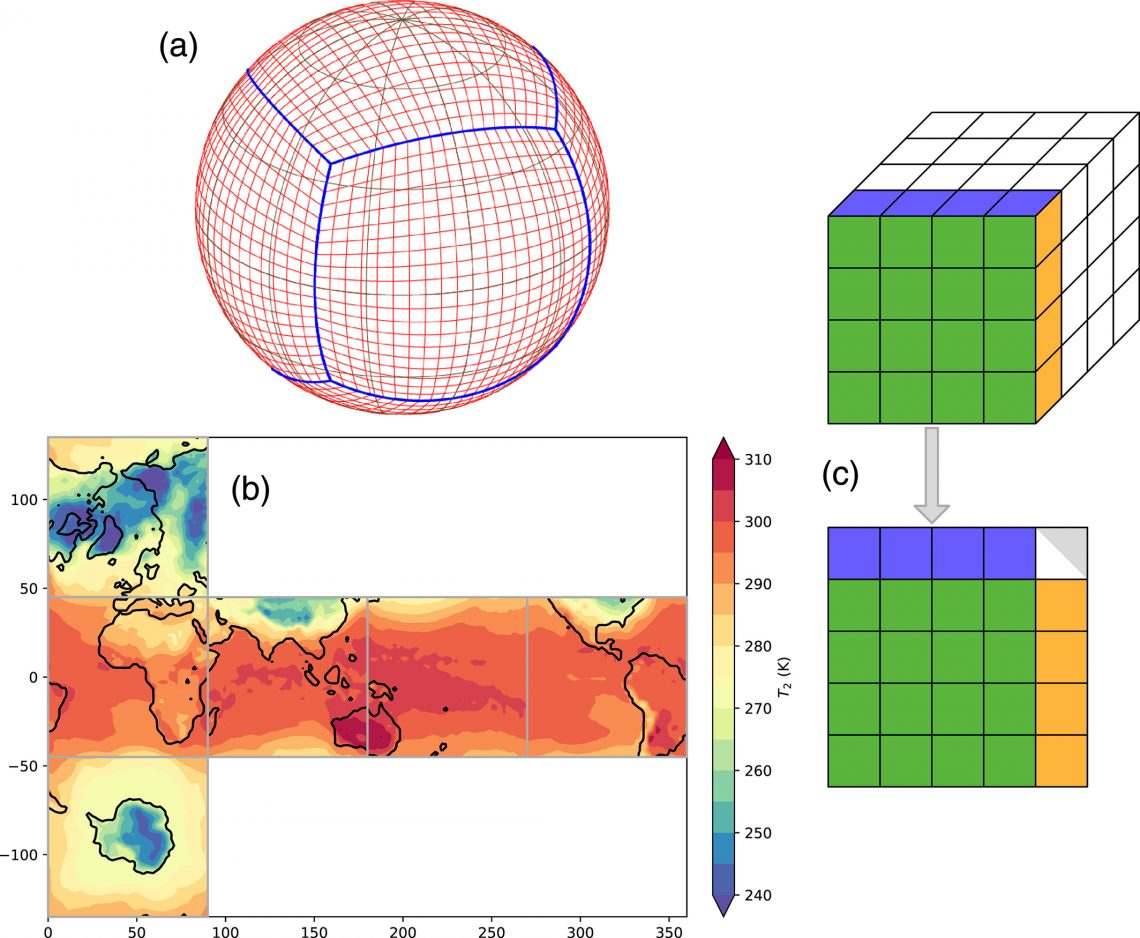
In the first step, the researchers map the predictions using a “Cubed Sphere Approach,” where the Earth is bounded into six faces of a cube, as shown above. This cube is then flattened, which allows the researchers to focus on one cube face at a time.
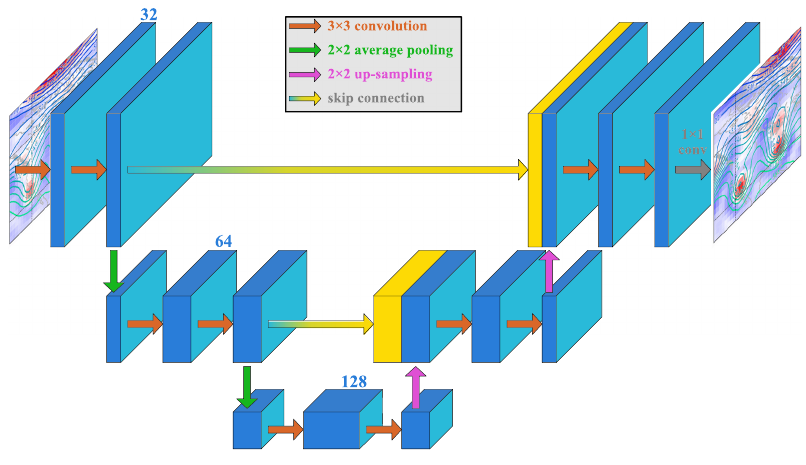
In the second step, the researchers focus on the architecture of the neural network, as shown in the picture above. All the orange arrows represent 2-D convolutions, which use filters to extract features from the input data. The green and purple arrows represent pooling layers, where the image in the first network is downsampled, resulting in fewer parameters in the network, and the image is upsampled in the second network, so it comes back to its original size. The blue-to-yellow lines represent skip connections, where certain layers in the model are skipped and the outputs of some layers are fed as inputs to other layers.
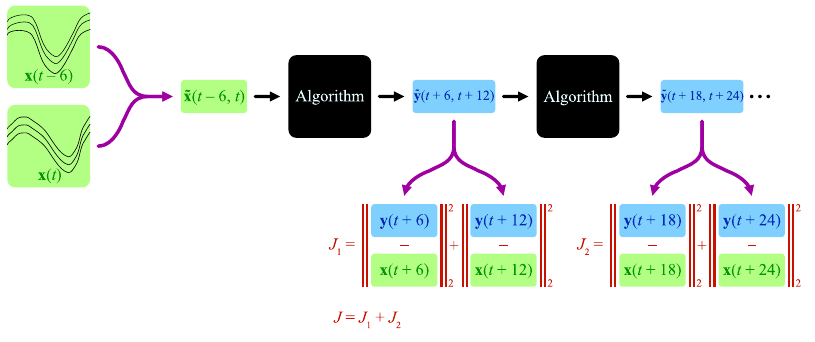
Lastly, these predictions are stabilized in the medium to long-term using sequence prediction techniques. This sequence prediction technique above will yield a 6-hour forecast and 12-hour forecast, as the input of the current time and the current time minus, 6 hours are fed into the architecture. They use these same techniques to predict every two steps, with an 18-hour prediction and a 24-hour prediction. The model improves upon itself by calculating the mean square error of the differences between the actual data at each time and the forecast it predicts for the same time. The model then uses this mean square error to configure faults in the architecture.
Conclusion
In summary, this article aimed to cover how A.I models generate weather forecasts, and how they can compete with existing weather forecasting systems in the future on a monetary, speed, and data storage basis.
If you are interested in learning more about the specific studies and topics discussed in the passage, check out the references below.
References
- H. Hickey, A.I. model shows promise to generate faster, more accurate weather forecasts (2020), UW News
- S. Gaudin, Why AI is an increasingly important tool in weather prediction (2020), Hewlett Packard Enterprise
- Balancing energy grids using real time AI weather predictions (2021), Peltarion
- Preetipadma, HOW IS AI EMPOWERING THE WEATHER FORECASTING TECHNOLOGY? (2020), Analytics Insight
- L. Bouchard, AI is Predicting Faster and More Accurate Weather Forecasts (2020), Towards AI
The Future of Artificial Intelligence in Weather Forecasting was originally published in Towards AI on Medium, where people are continuing the conversation by highlighting and responding to this story.
Published via Towards AI

 Logo:
Logo:  Areas Served:
Areas Served: 
